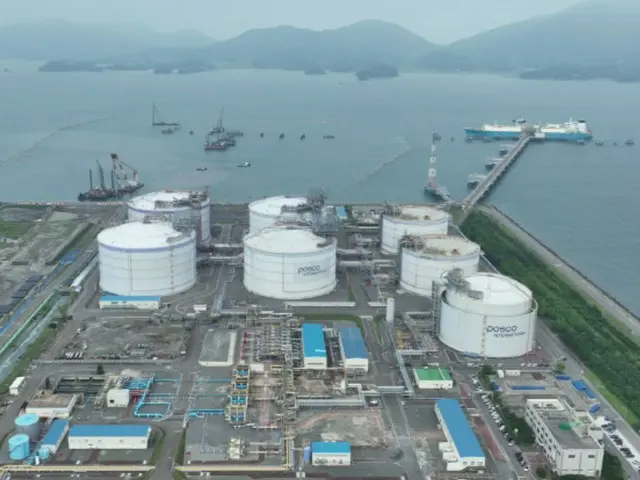The completed LNG terminal will have storage tanks 1 to 6, with a total capacity of 93 kiloliters of LNG. The terminal will have an area of 180,000 square meters and will be able to accommodate LNG carriers.
Construction of the LNG terminal began in 2002, and the first LNG tank began operation in 2005. Since then, the terminal has been in operation for about 20 years, with a total of 1.45 trillion won (approximately 121.69547 billion yen).
The company made this large-scale investment to ensure a stable supply of LNG to its LNG terminal. The LNG terminal will not only supply LNG for power generation and factories, but also serve as a base for POSCO's
The company will provide services for the storage, vaporization, and shipment of LNG to companies using the LNG terminal, including S Oil and SK E&S.
In particular, LNG Tanks No. 5 and 6 are the first in Korea to use high manganese steel for cryogenic use, developed by POSCO.
Furthermore, in the construction work to improve the weak ground of Gwangyang Bay, which is a reclaimed land, a compaction method using by-products from the steel industry is being applied as an alternative to natural aggregate.
In 2023, the company will invest 930 billion won (about 108.281 billion yen) in a nearby area to build a short-term storage facility capable of storing 200,000 kiloliters of LNG.
Construction has begun on the second LNG terminal, which will add two additional units in phase one.
2024/07/11 08:48 KST
Copyrights(C) Edaily wowkorea.jp 101

